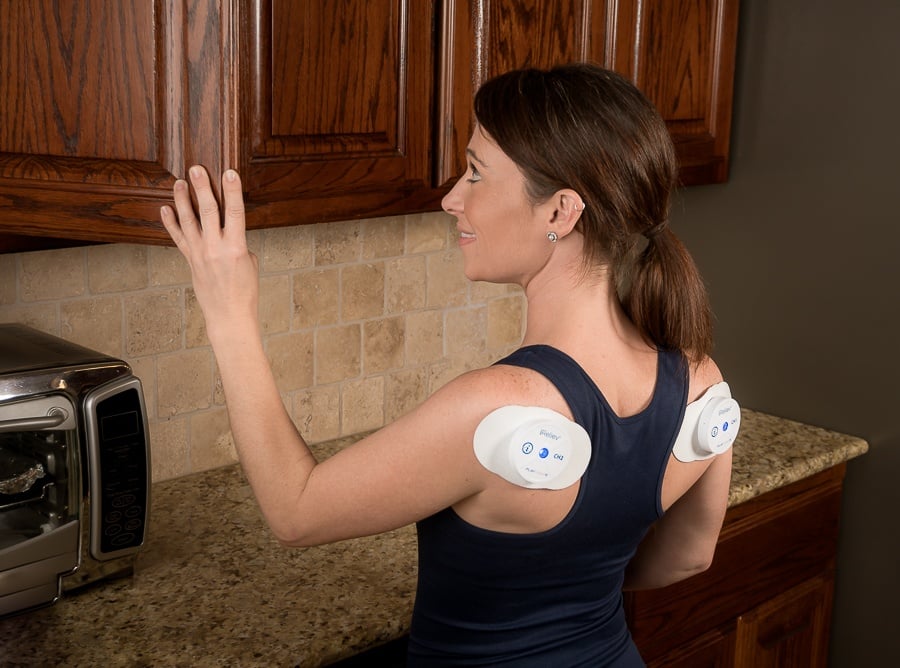Fibromyalgia Symptoms
According to the American College of Rheumatology, the primary symptom of fibromyalgia is widespread pain that has lasted for at least three months. Pain from fibromyalgia is usually located on both sides of the body and above and below the waist. The pain is often accompanied by fatigue. These two physical elements can lead to stress, anxiety, and depression in patients with fibromyalgia. If it’s not recognized and cared for, fibromyalgia can take a serious toll on a person’s life.

Managing Fibromyalgia Pain
According to many experts, the key to managing pain from fibromyalgia is developing conscious, positive, and healthy lifestyle habits. Fibromyalgia can’t be cured, but one can treat fibromyalgia by addressing those things which tend to make the pain, fatigue, and mental fogginess worse. Depending on an individual’s experience with depression, fatigue, and pain, a medical professional might recommend prescription medications. These can be helpful, but it’s important for patients to pay close attention to their experience and progress. Long-term use of prescription medications can lead to serious risks and side effects. Patients of fibromyalgia might benefit from keeping a journal about their symptoms. The more attentive one is to symptoms and experiences, the more one can learn about what works.
Lifestyle Changes to Help Fibromyalgia Pain & Symptoms
Whether or not a person with fibromyalgia decides to go with medication, they’ll notice more tangible changes if they make certain lifestyle changes as well. For one thing, people with fibromyalgia should make it a priority to get plenty of quality rest. Fibromyalgia causes excess fatigue to begin with, and many people report that the fatigue intensifies pain.
In order to effectively treat fibromyalgia, patients also need to make time for exercise. Exercise is, of course, positive for everyone whether or not fibromyalgia is in the picture. But keeping the body fit, strong, and flexible decreases pain and symptoms of fibromyalgia for most patients. Regular exercise is one of the best ways to improve the quality of life when living with fibromyalgia.

Using TENS for Fibromyalgia Offers a Natural Treatment
The problem for many patients is that the pain makes it very hard to get started with exercising regularly. In order to work up to the point of regular exercise, patients can use natural therapies like massage, acupuncture, or TENS therapy to treat fibromyalgia pain. These tools can pair up with gentle exercises, like yoga or Tai chi. Portable and wireless TENS units, like iReliev, can be worn during these exercises. Users can place the electrode pads on areas of intense pain and adjust settings to their liking. This combination can be a huge help to fibromyalgia patients who have felt that their movements were limited by their pain.

If you think you may have fibromyalgia or have already been diagnosed with the condition, it’s important to build a good rapport with a medical professional you can trust. Talk to them about your symptoms and experiences. Stay on top of your symptoms and treatment plans until you find the combinations that work best for you.
Find out more about iReliev's Electrode Pad Club


